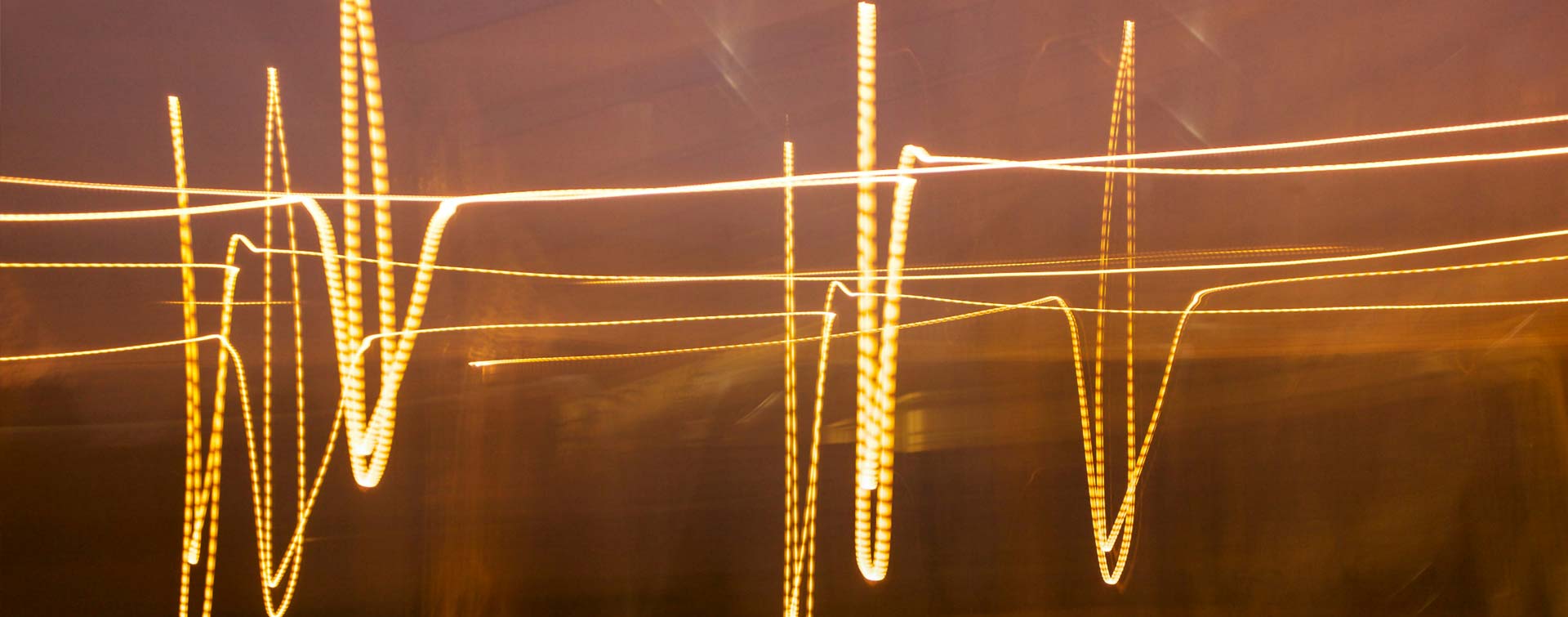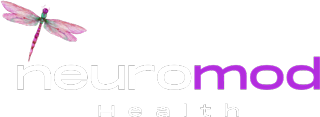Blog
Treatment Protocols: Understanding High-Frequency and Low-Frequency TMS
- May 15, 2024
-
NeuroMod Health

Recent Posts

Does TMS Hurt? Common Myths About the Procedure
High-Frequency TMS
High-frequency TMS typically involves repetitive stimulation of the brain at a rate of 5-20 Hz, and it is often associated with excitatory effects on brain activity. This protocol is commonly used in the treatment of major depressive disorder and other mood disorders, as it aims to boost brain activity in areas that are underactive in individuals suffering from depression.
- Indications: High-frequency TMS is often used for the treatment of major depressive disorder, generalized anxiety disorder, and obsessive-compulsive disorder. It can also be applied in the context of certain neurological conditions like chronic pain and migraines.
- Number of Sessions: A typical course of high-frequency TMS consists of approximately 20-30 daily sessions, administered on weekdays over a period of four to six weeks. The exact number of sessions can vary depending on individual patient responses and the severity of the condition.
- Session Duration: Each high-frequency TMS session lasts for approximately 20-30 minutes.
Low-Frequency TMS
Low-frequency TMS, on the other hand, involves repetitive stimulation of the brain at a rate of 1 Hz or lower and is often associated with inhibitory effects on brain activity. This protocol is primarily used to decrease neural activity in specific brain regions and is useful for conditions where overactivity or hyperactivity is a concern.
- Indications: Low-frequency TMS is often used for the treatment of conditions such as epilepsy, tinnitus, and some types of chronic pain, where the goal is to reduce abnormal neural activity.
- Number of Sessions: A typical course of low-frequency TMS varies but generally consists of 10-20 daily sessions, administered over two to four weeks. The exact number of sessions and their spacing may be adjusted based on the patient’s response and the nature of the condition being treated.
- Session Duration: Each low-frequency TMS session typically lasts for 20-30 minutes, similar to high-frequency TMS.
Selecting the Right Protocol
The choice between high-frequency and low-frequency TMS depends on the patient’s specific condition, the goals of treatment, and individual responses to the therapy. It is essential for a qualified TMS practitioner to conduct a thorough evaluation and diagnosis before deciding on the appropriate treatment protocol.
High-frequency TMS is often chosen when the goal is to enhance brain activity and has proven to be effective in treating depression and some anxiety disorders. In contrast, low-frequency TMS is selected when the goal is to decrease or inhibit neural activity, as seen in epilepsy or chronic pain.
TMS has significantly expanded the treatment options available for various neurological and psychiatric conditions. High-frequency and low-frequency TMS are two essential protocols used to address different conditions by either increasing or decreasing neural activity in specific brain regions. The number of sessions and their duration for both protocols are designed to ensure the best possible outcomes for each patient’s unique situation. When considering TMS treatment, it’s crucial to work closely with a qualified healthcare provider who can tailor the therapy to your specific needs and guide you through the process. As the field of TMS continues to evolve, it promises hope for many individuals living with neurological and psychiatric conditions.


